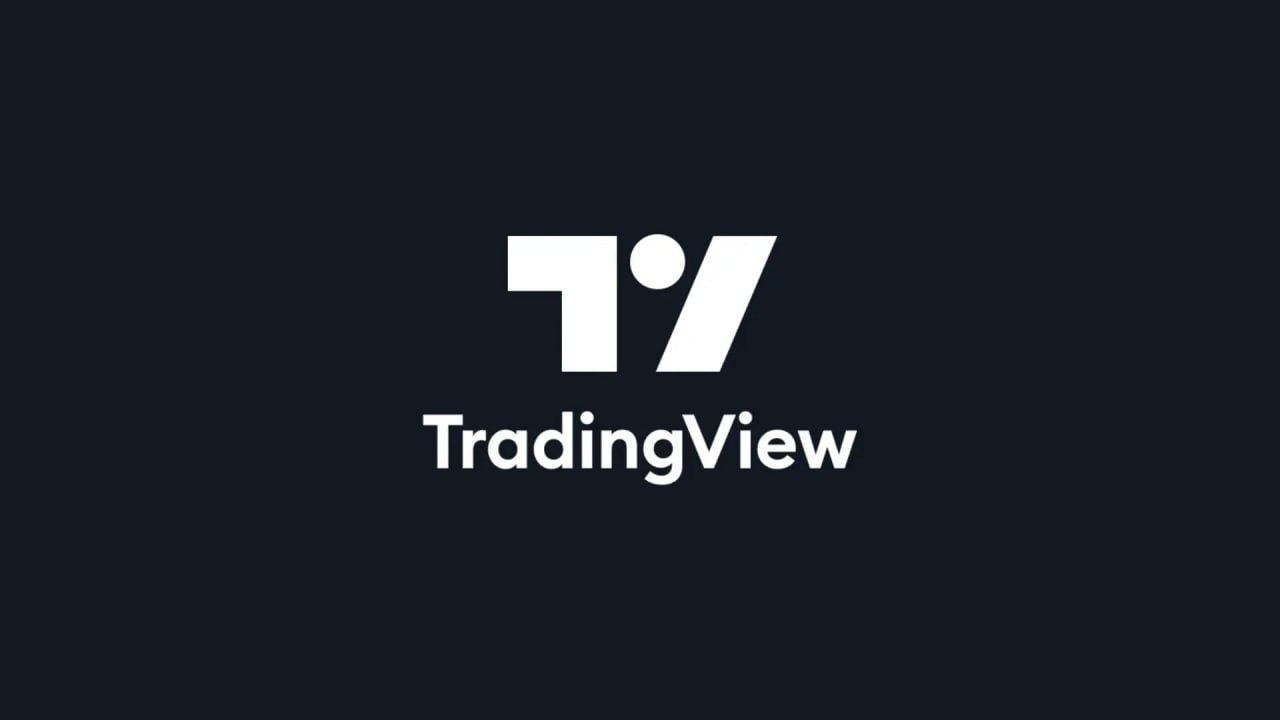We use cookies to optimize your website performance. Please review our Cookie Policy .
By continuing to use our site, you agree to our cookie usage.

TradingView is a powerful platform for analyzing financial markets, offering a range of tools for both beginners and experienced traders. Whether you are tracking stocks, forex, cryptocurrencies, or commodities, this platform provides an intuitive interface with advanced charting and indicators. Here’s how to use TradingView effectively to enhance your market analysis.
To begin, select your preferred asset and open a chart. Customize the time frame based on your trading style—short-term traders may prefer minutes or hours, while long-term investors often analyze daily or weekly charts. Adjust the chart type to suit your strategy, such as candlestick, line, or bar charts.
TradingView offers a vast selection of indicators, from simple moving averages (SMA) to complex oscillators like the Relative Strength Index (RSI) and MACD. These tools help identify trends, momentum shifts, and potential reversals. Experiment with different indicators and adjust their parameters to match your strategy.
The drawing toolset includes trendlines, Fibonacci retracements, and support/resistance levels, which help identify key price zones. Use trendlines to spot upward or downward price movement, and Fibonacci levels to predict potential retracement points. This visual approach enhances your ability to make informed decisions.
To stay updated on market movements, set alerts for price levels, indicator signals, or trend breakouts. TradingView watchlists allow you to monitor multiple assets simultaneously, ensuring you never miss an opportunity. These features save time and improve efficiency in trading.

Beyond charts and indicators, TradingView provides access to market sentiment through community insights, real-time news, and user-generated ideas. Engaging with analysis from other traders can offer valuable perspectives, but always verify information before making trading decisions.
The built-in strategy tester allows traders to backtest strategies against historical data. By simulating trades, you can refine your approach before committing real funds. Testing different scenarios helps optimize performance and improve overall trading success.
By mastering these tools, you can navigate financial markets more effectively and develop a well-rounded trading strategy. Consistency, patience, and continuous learning are key to making the most of this powerful platform.